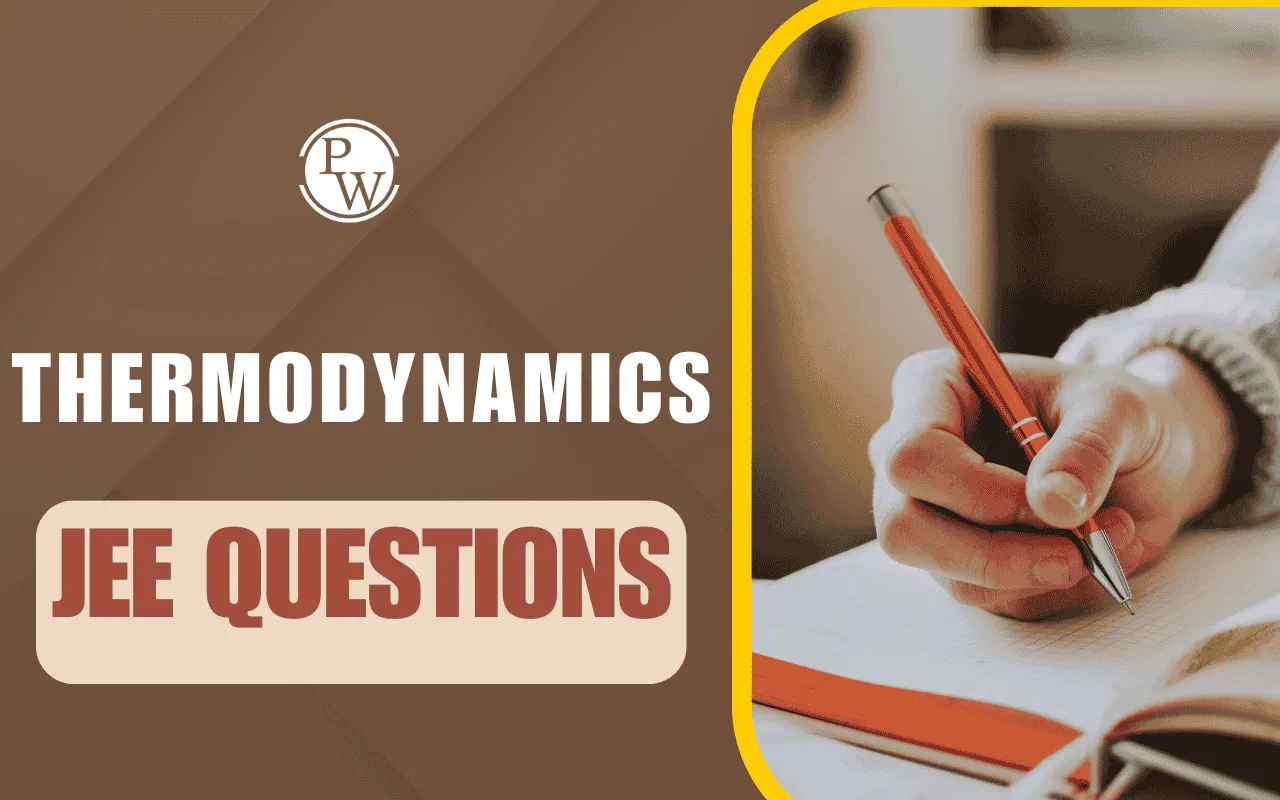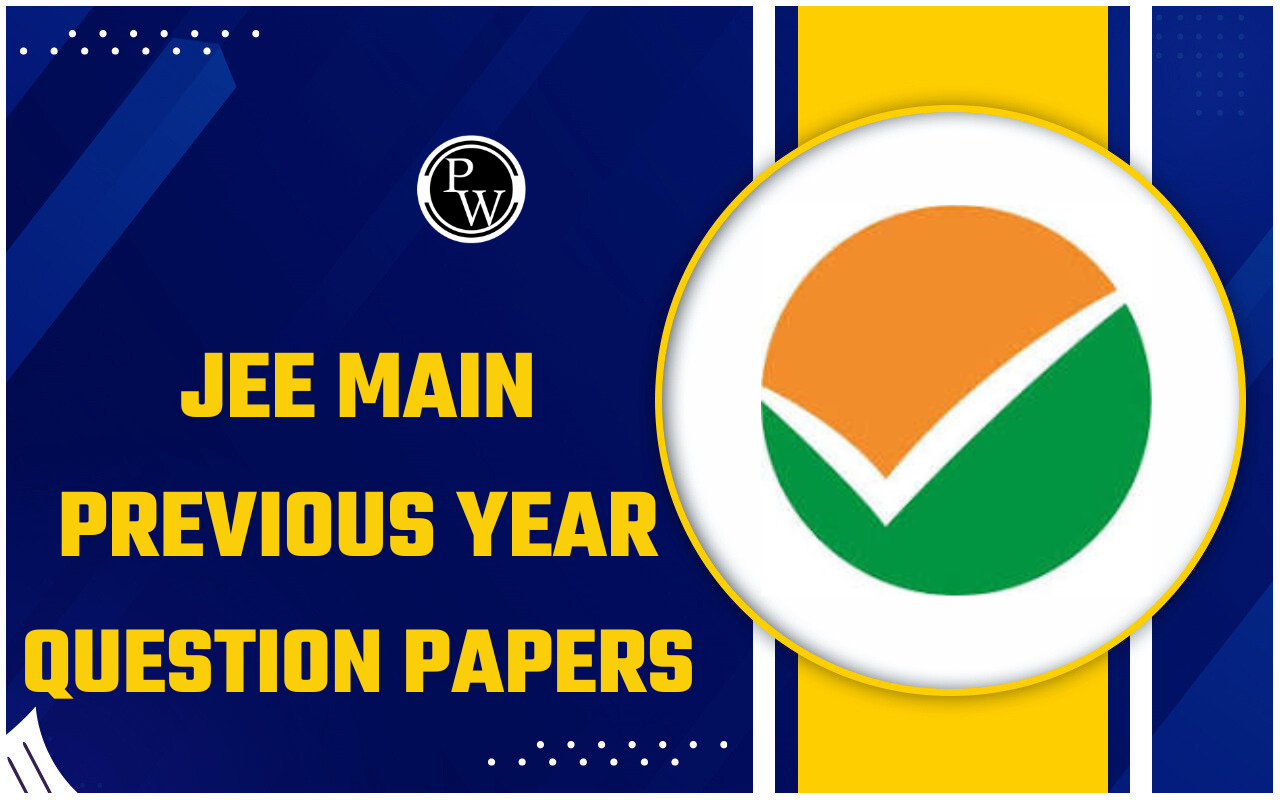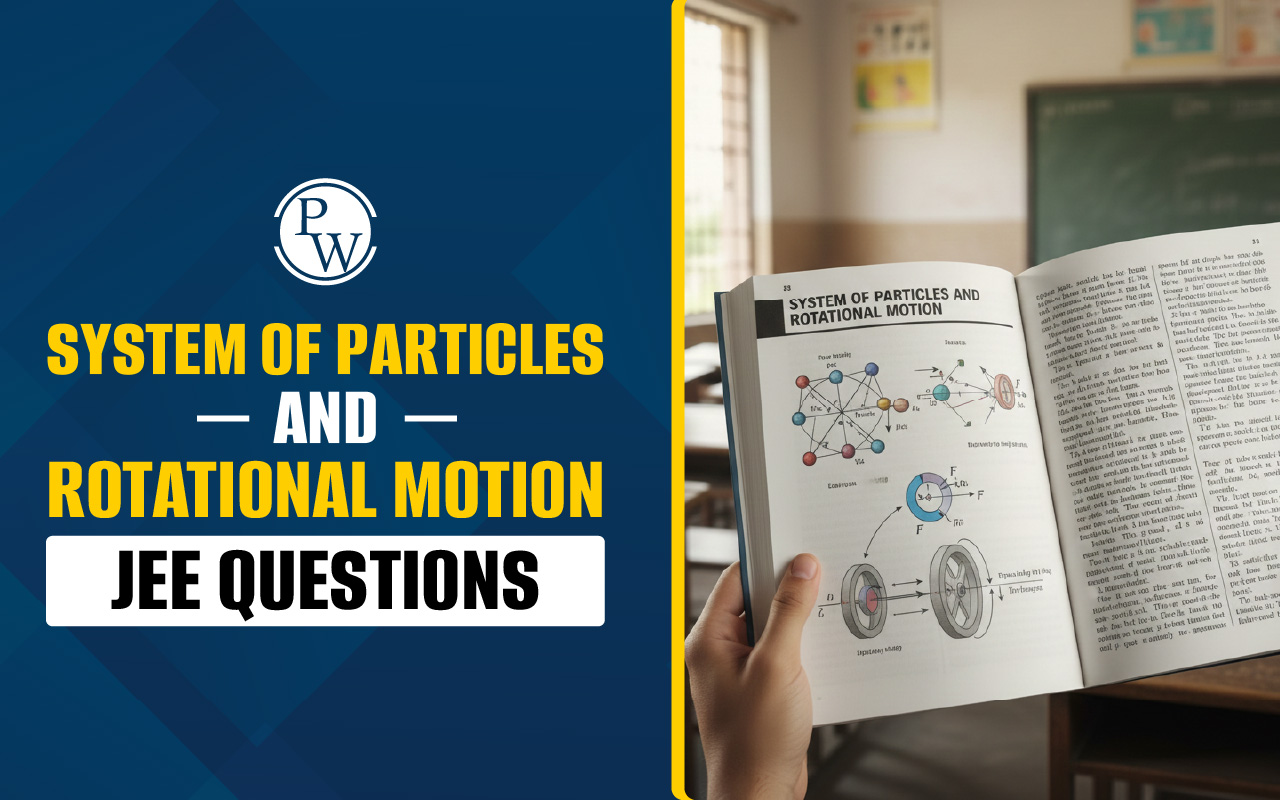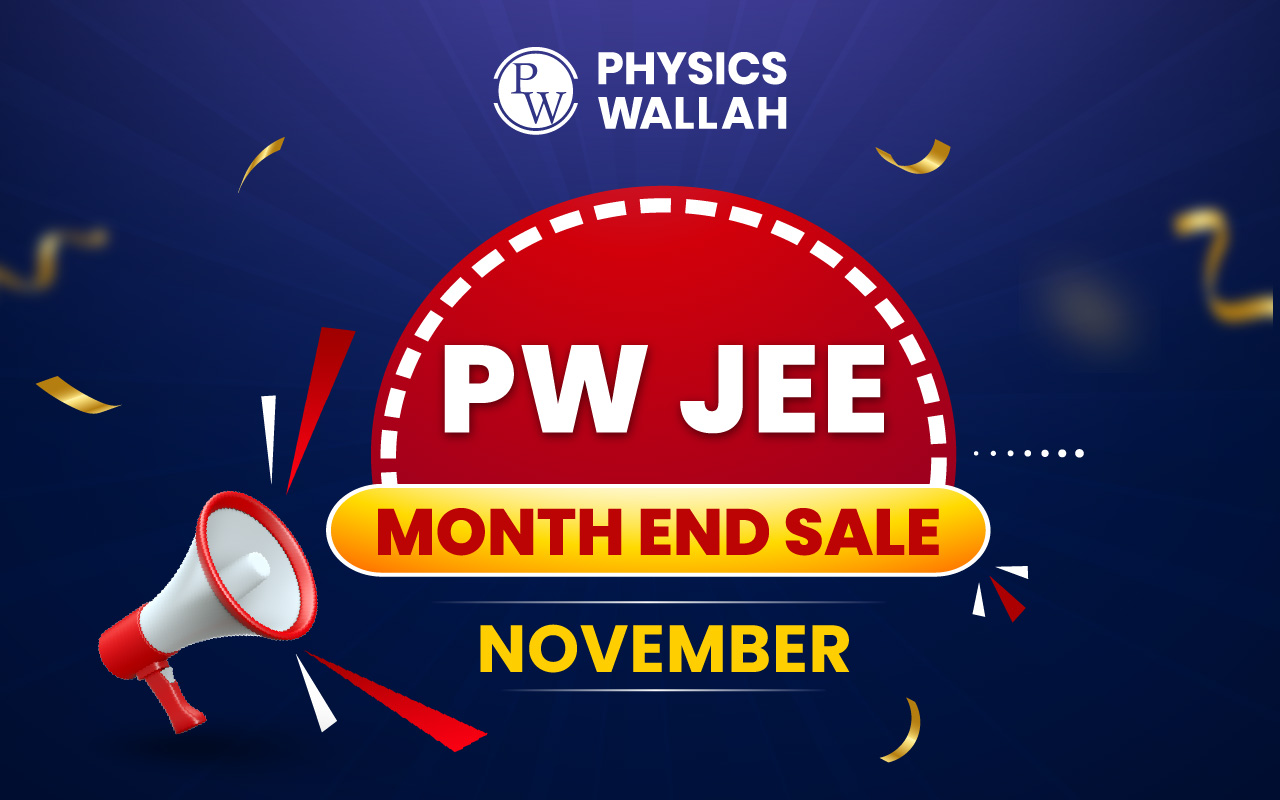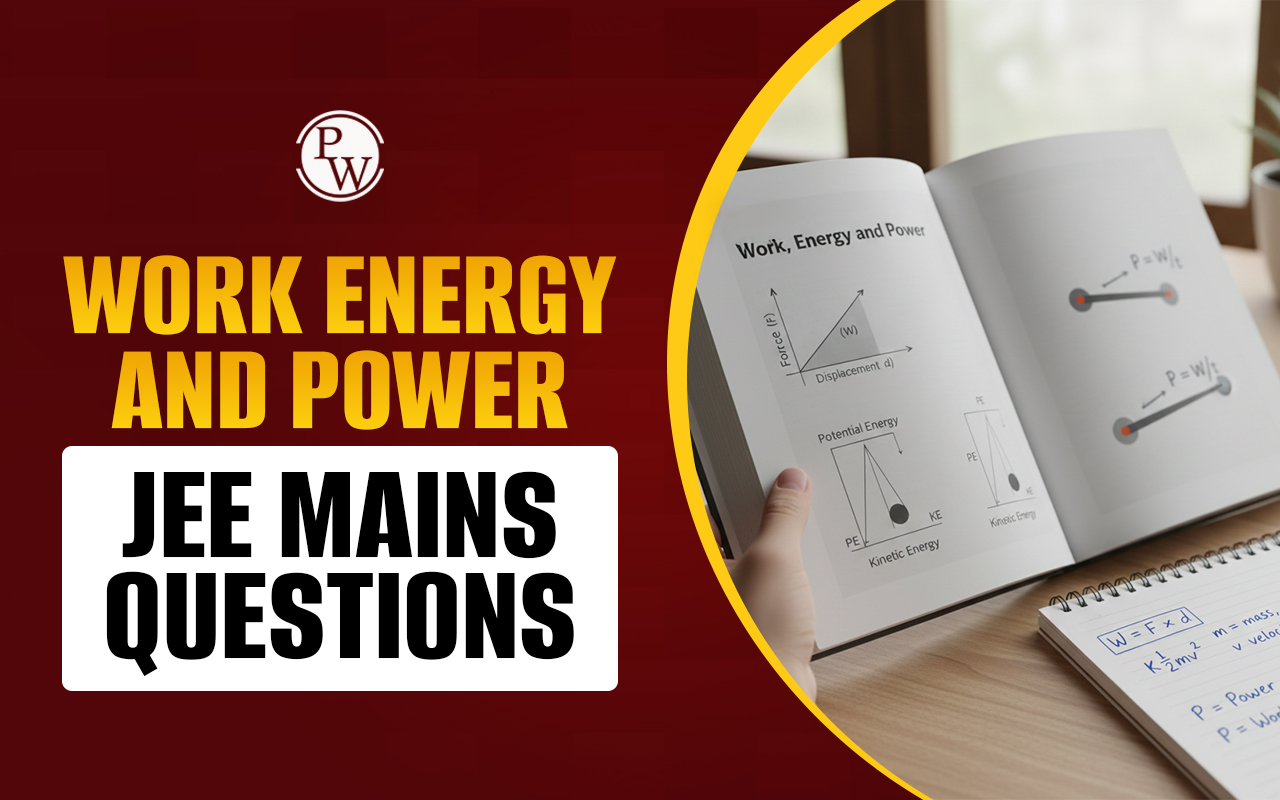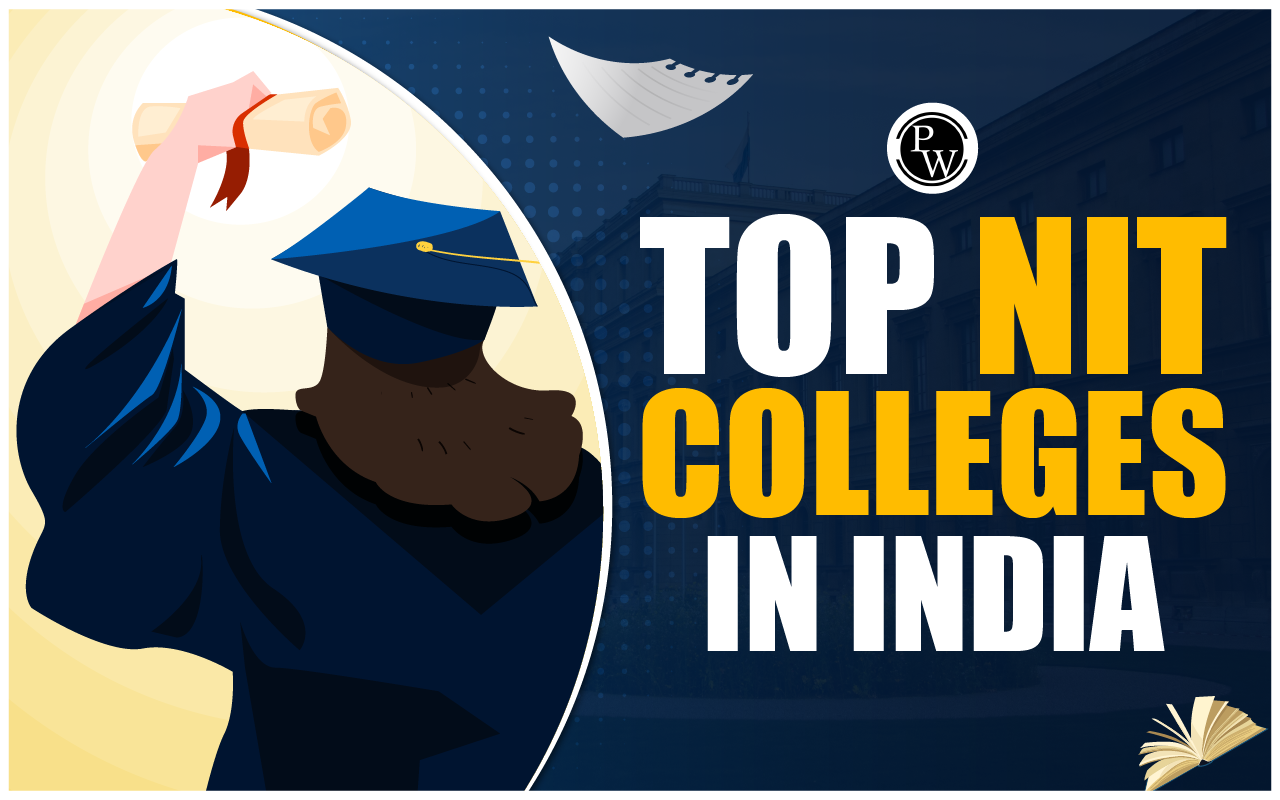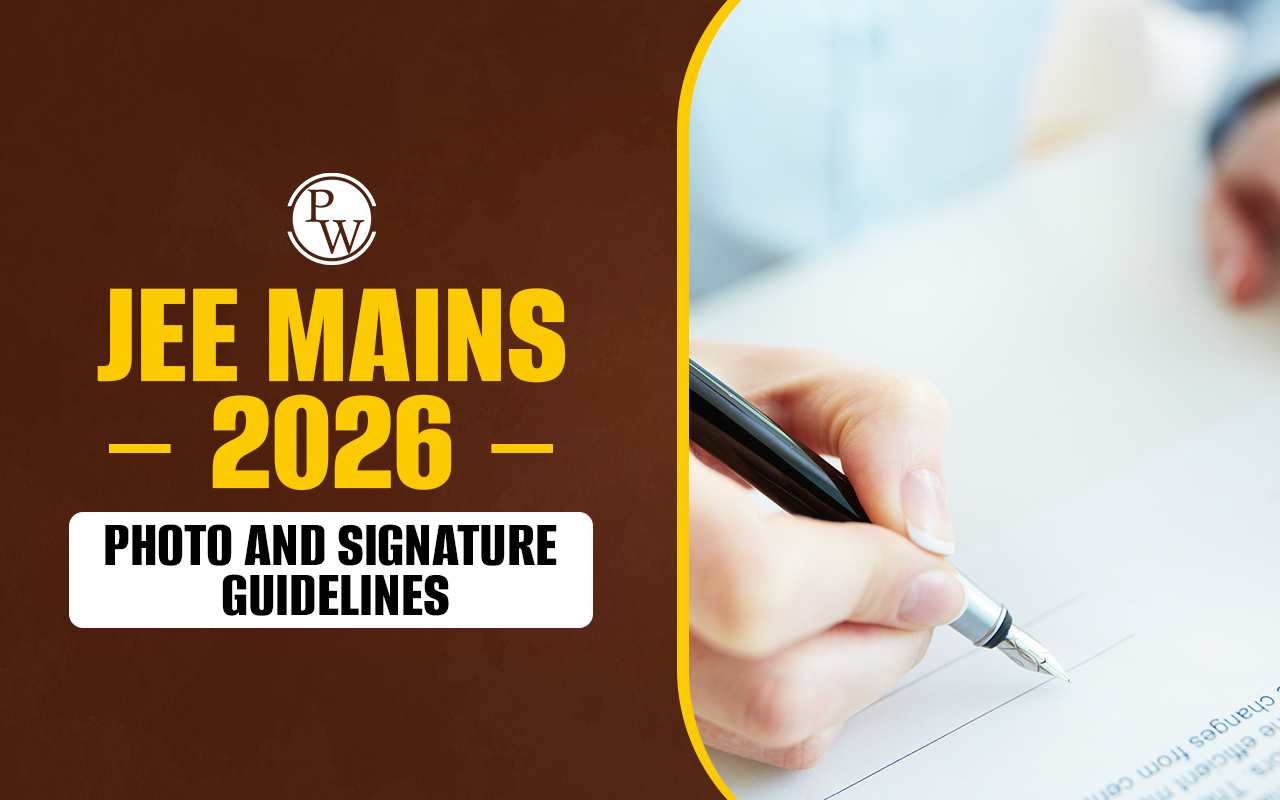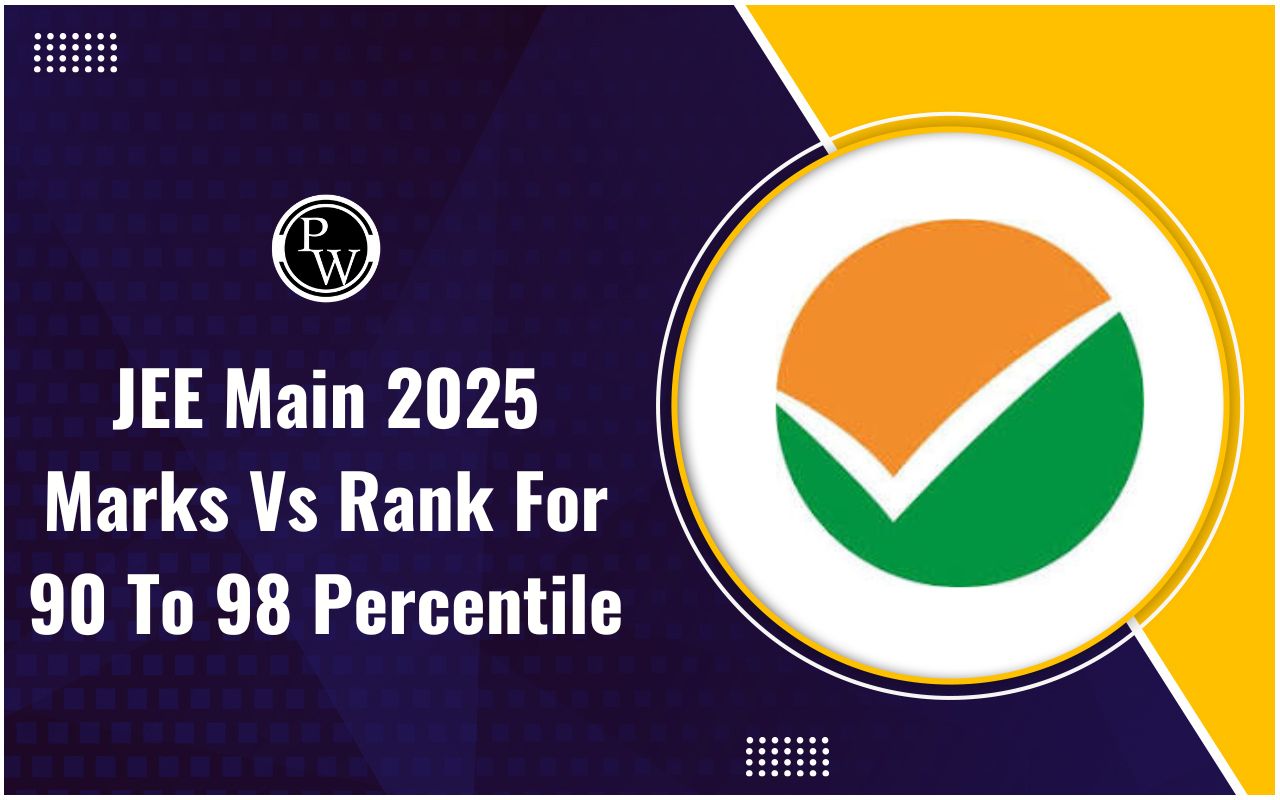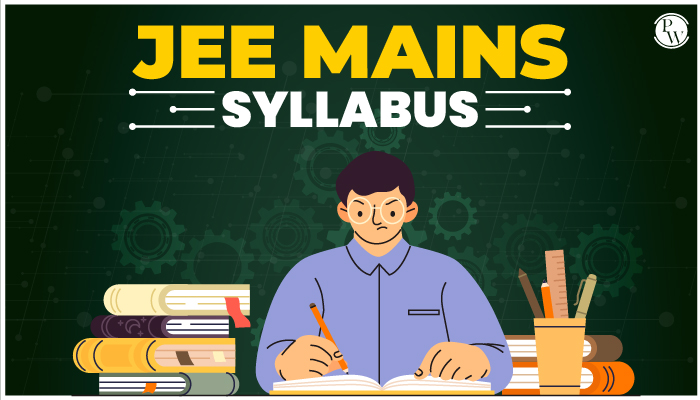
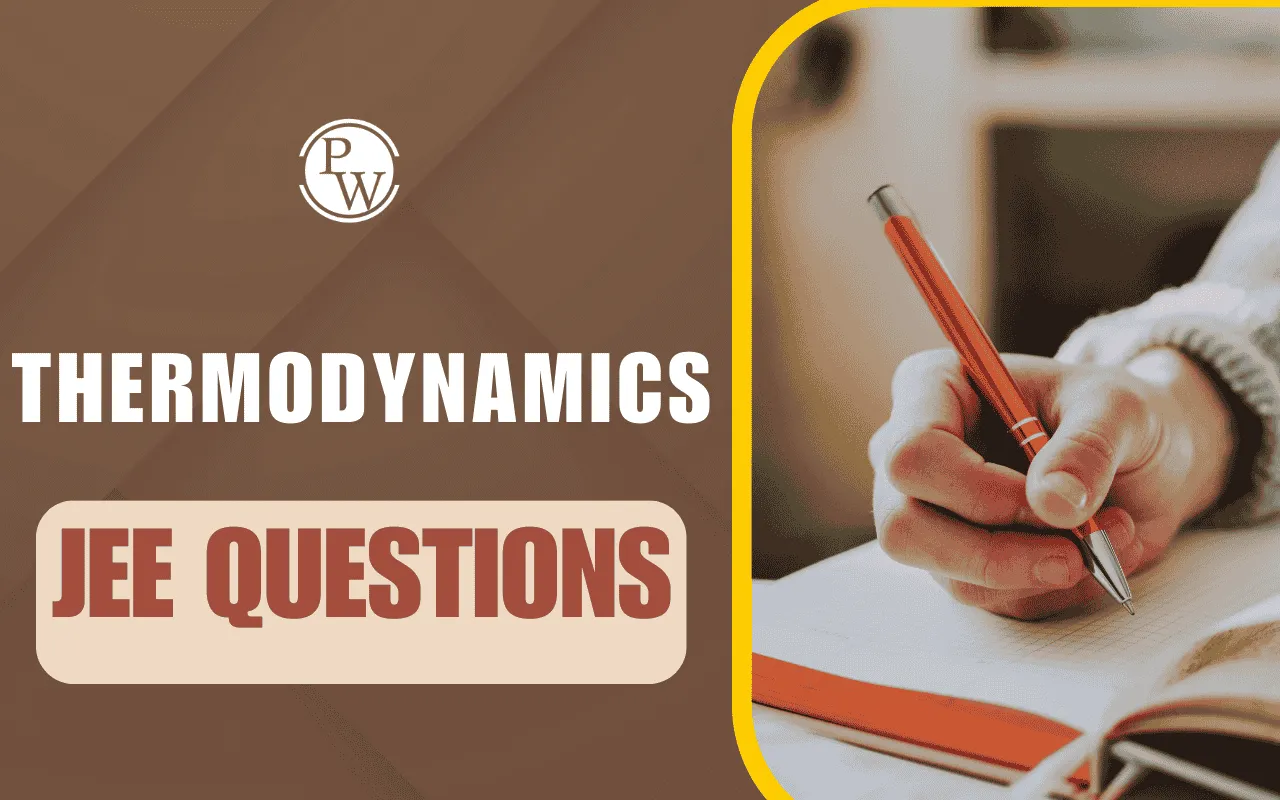
Thermodynamics JEE Questions: The thermodynamics chapter for the JEE Main Physics syllabus describes the working of heat, temperature and energy in different systems. The thermodynamics chapter of Class 12 is important for JEE Main and JEE Advanced preparation as it is one of the most important chapters in the Physics section, from where students encounter both numerical and conceptual type questions. Thermodynamics in the JEE Main exam pattern is usually given a 5–8% weightage in the Physics section.
JEE Main 2025 question 9 (April session) and JEE Main 2025 question 13 (January session) were based directly on the concepts of the Thermodynamics chapter. Solving thermodynamics JEE Mains questions, attempting JEE Advanced thermo problems, and understanding important thermodynamics PYQs JEE from the JEE previous year question papers make a student aware of the type of questions asked, enhance their problem-solving speed, and help them become more confident.
Thermodynamics JEE Questions Overview
Learning the Thermodynamics chapter is essential as most JEE questions are asked on the laws of thermodynamics, internal energy, work, and heat. JEE Advanced thermo problems for JEE Advanced preparation usually ask students to do multi-step reasoning and connect and use two or more concepts in a single problem. Solving thermodynamics JEE Mains questions and attempting problems at the Advanced level also creates a solid foundation for the students for the topics that are interconnected with the Thermodynamics chapter, such as Kinetic Theory of Gases and Statistical Mechanics. Candidates who practise Thermodynamics JEE Mains questions and do Advanced level problems in the Thermodynamics chapter will be better prepared to handle both direct and complicated questions and do justice to their preparation.
Practice Thermodynamics JEE Questions
Thermodynamics JEE Questions will also help students be prepared for changes in the type of questions and difficulty level present in JEE Main previous year question papers. The following are a few practice questions for students’ preparation:
1. One mole of an ideal gas undergoes a circular cycle centered at 4 atm, 4 lit as shown in the diagram. The maximum temperature attained in this process is close to
A. 30/R
B. 36/R
C. 24/R
D. 16/R
2. An ideal gas is taken through a cycle ABCA as shown in figure. Path CA has molar heat capacity = Cp – 2R. If TA = 400 K and number of moles = 1, net work done by gas in one cycle is:
A. 400R(ln2 – 1/2) J
B. 200R(ln2 – 1/2) J
C. 400R(ln2 – 1/4) J
D. 200R(ln2 – 1/4) J
3. A vertical U tube of uniform cross-sectional area A contains a liquid of density ρ. One end of tube is connected to a flask containing monoatomic gas (as shown in fig.), while other end opens to atmosphere (Patm = P0). Volume of flask and U tube are equal to V0 each (neglect volume of horizontal portion). The flask is now slowly heated till half of liquid remain in U tube. Given (ρg/A = P0/V0), the ratio ΔU/ΔW is (ΔU = change in internal energy of the gas and ΔW = Work done by the gas)
A. 1
B. 2
C. 3
D. 12/5
4. 5 moles of nitrogen gas are enclosed in an adiabatic cylindrical vessel. The piston itself is a rigid light cylindrical container containing 3 moles of Helium gas. There is heater which gives out a power 100 cal/sec to the nitrogen gas. A power of 30 cal/sec is transferred to Helium through the bottom surface of the piston. The rate of increment of temperature of the nitrogen gas assuming that the piston moves slowly:
A. 2 K/sec
B. 4 K/sec
C. 6 K/sec
D. 8 K/sec
5. P–V graph for an ideal gas undergoing polytropic process PV^N = constant is shown here. Then N is
A. 1.5
B. 2
C. 1
D. 3
6. A vertical thermally insulated cylinder of volume V contain n moles of an ideal monoatomic gas under a weightless piston. A load of weight W is placed on the piston as a result of which the piston is displaced. If the initial temp of the gas is 300 K, area of piston is A and atmospheric pressure is P0. (take W = P0A). Determine the value of final temperature of the gas.
A. 375 K
B. 425 K
C. 475 K
D. 515 K
7. One mole of monoatomic gas undergoes a linear process A→B in P–V diagram. The volume of the gas when the process turns from an endothermic to an exothermic one is
A. 5/9 V0
B. V0/2
C. 8/15 V0
D. 3/5 V0
8. An ideal monoatomic gas of two moles undergoes a cyclic process as shown in P–V graph. (given 1 atm = 1 × 10^5 N/m^2, V2 – V1 = 20 cm^3) The work done by the ideal gas is
A. 6J
B. 3/2 J
C. 9/2 J
D. 15/2 J
9. Heat leaks into a vessel, containing one mole of an ideal monoatomic gas at a constant rate R/4 s^–1 where R is universal gas constant. It is observed that the gas expands at a constant dV/dt = V0/400 (second) where V0 is initial volume. The initial temperature is given by T0 = 40 K: What will be the final temperature of gas at time t = 400s.
B. 80 K
C. 120 K
D. 260 K
10. The source of the sun’s energy is based on nuclear reaction in which two positive charged particles collide and their surfaces must be in contact to fuse together in its core to form a heavier nucleus and release energy. Assuming the charge of particle is uniformly distributed throughout its volume. The particles behave as monoatomic ideal gas molecules. If mass, charge and radius of particle are 10^–26 kg, 6.4 × 10^–19 C and 2 × 10^–15 m respectively and the temperature in the sun’s core is about 2.17 × 10^7 K. Two particles are moving with same speed and they collide head-on then the minimum ratio of speed of particle to Vrms of particles to occur nuclear reaction would be:
A. 2
B. 1/2
C. 32
D. 1
Watch Thermodynamics JEE Question Practice Video on YT

Thermodynamics JEE Questions PDF and Solution
The Physics Wallah Thermodynamics JEE Questions PDF offers solutions to questions that students can easily use. The Thermodynamics JEE Questions and solutions PDF is useful for students preparing for JEE Mains and Advanced-level. The JEE Thermodynamics Questions PDF contains solved examples of thermodynamics JEE mains questions, JEE advanced solutions of thermo problems, and key thermodynamics PYQs JEE from JEE previous year question papers.
Thermodynamics JEE Questions PDF with Solution
Practice with Free PDF
Thermodynamics JEE Questions FAQs
Q1. How many questions come from Thermodynamics in JEE Mains?
Q2. Are JEE Advanced thermodynamics problems harder than Mains?
Q3. Why should I practice important thermodynamics PYQs JEE?
Q4. How can I use JEE previous year question papers for preparation?
Q5. Where can I get the Thermodynamics PDF with solutions?

